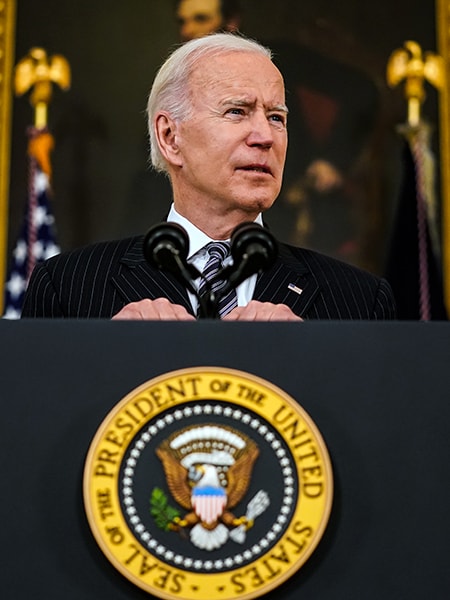
What's in Biden's tax plan?
The Biden administration has unveiled a tax plan that would increase the corporate tax rate in the US and limit the ability of American firms to avoid taxes by shifting profits overseas

President Joe Biden speaks at the White House on Tuesday, April 6, 2021. Biden has assembled a team of economists and tax professionals who spent the last several years critiquing the Trump administration’s tax law and proposing new measures to reform it, in hopes of stomping out profit shifting.
Image: Amr Alfiky/The New York Times
WASHINGTON — The Biden administration unveiled a tax plan Wednesday that would increase the corporate tax rate in the U.S. and limit the ability of American firms to avoid taxes by shifting profits overseas.
Much of the plan is aimed at reversing a deep reduction in corporate taxes under President Donald Trump. A 2017 tax bill slashed the corporate rate to 21% from 35% and enacted a series of other provisions that the Biden administration says have encouraged firms to shift profits to lower-tax jurisdictions, like Ireland.
Some of the provisions in President Joe Biden’s plan can be enacted by the Treasury Department, but many will require the approval of Congress. Already, Republicans have panned the proposals as putting the U.S. at a disadvantage, while some moderate Democrats have indicated they may want to see some adjustments, particularly to the proposed 28% corporate tax rate.
Administration officials estimate the proposals will raise a total of $2.5 trillion in new tax revenue over 15 years. Analysts at the University of Pennsylvania’s Penn Wharton Budget Model put the estimate even higher, estimating a 10-year increase of $2.1 trillion, with about half the money coming from the plan’s various changes to the taxation of multinational corporations.
©2019 New York Times News Service




